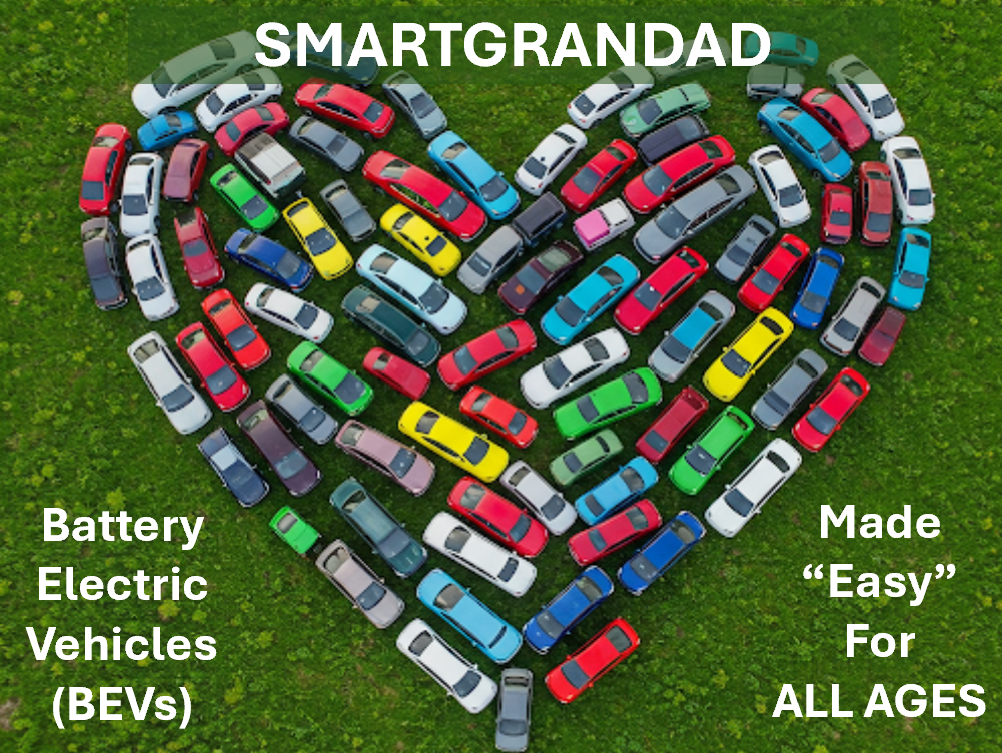POSTS > Opinions & Guides
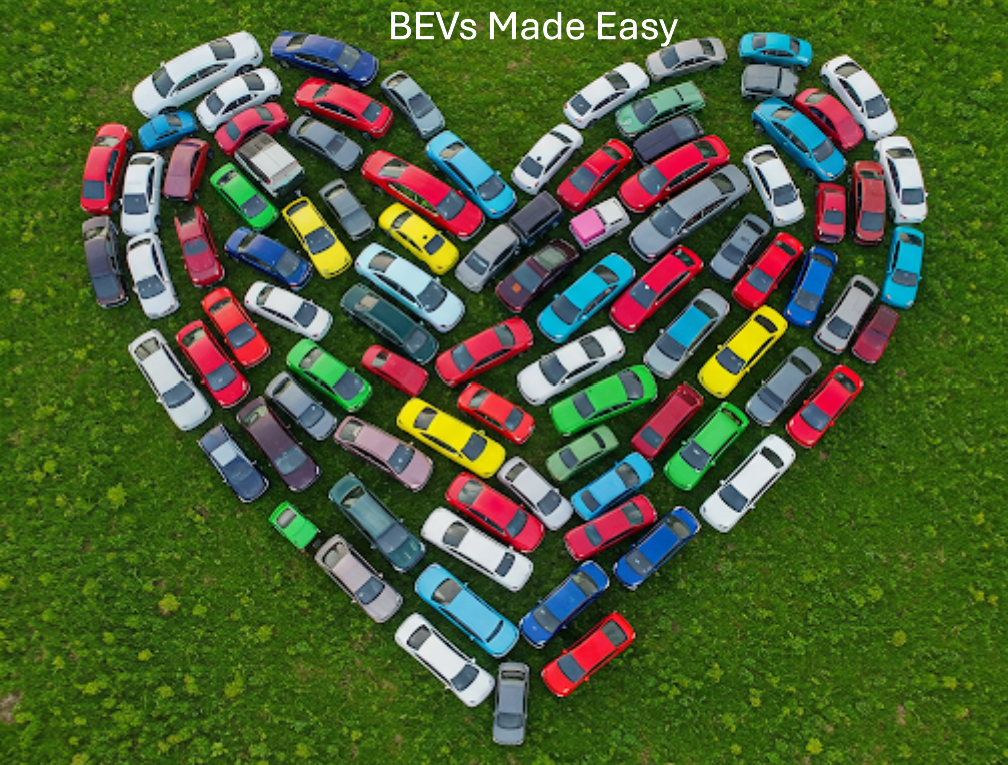
“EASY BEV” GUIDE 5: Why Battery Size AND Charging Speed Matters!
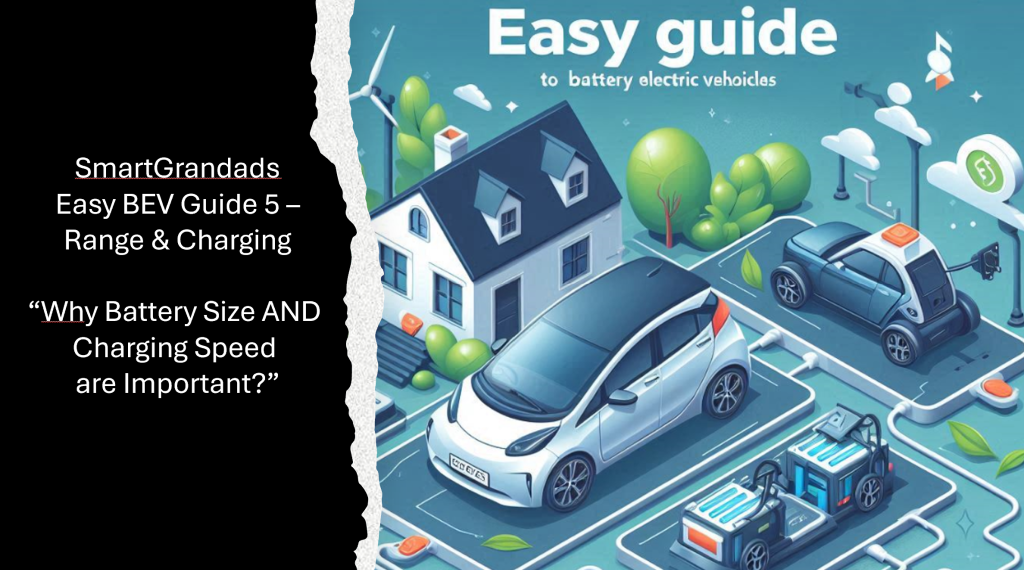
SmartGrandads "EASY BEV" Guides
Through a series of “EASY BEV” Guides, specifically aimed at potential and new Battery Electric Vehicles (BEV) owners, SmartGrandad will help remove any lingering fears.
SmartGrandad will give you some common sense, practical advice, making it easier to be informed about what BEVs are, how to choose which model is best for you.
With 6 plus years of driving different BEVs across Europe/UK and 30 years of delivering successful projects, I have plenty of Real World experience of assessing facts, dealing with challenges and reducing risks.
In SmartGrandads “EASY BEV” Guide 5, we will look at answering the question:
“Why Battery Size AND Charging Speed are Important?”
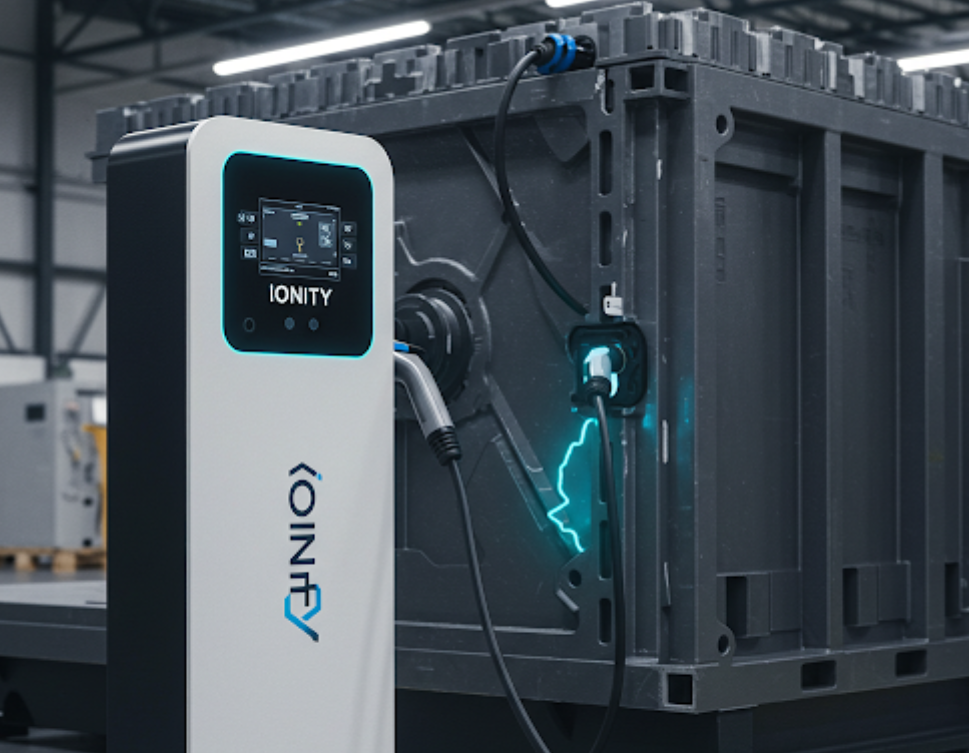
Choosing a Battery Electric Vehicles (BEVs) that matches your needs is very important. Today, this is a great range of BEV models, but just like Internal Combustion Engine (ICE) cars, their capabilities vary considerably.
Find out how to avoid lots of lengthy charging stops. In this SmartGrandad Guide, you will understand what you need to know in order to choose the right BEV with the right capabilities;
1) what type of driving usage you have
2) BEV specifications in terms of Battery size, Charging speed, and Efficiency, and
3) why knowing this allows you to choose a BEV model that removes “Range Anxiety”.
What Type Of Driving Needs Do You Have?

Consider your typical driving needs throughout a whole year, including ALL types of journeys that you do.
Then select one of the Usage Types below. This will identify what type of capabilities that you will need. If in doubt, choose one Usage Type higher than you think that you need so that you avoid that “Range Anxiety” issue.
1. Predominantly urban driving:
You use the car for local journeys around Town / City, probably never further that 125 miles /200 Kilometers. A BEV with smaller battery (e.g., 40-60 kWh) with a slow charging speed (max 75 kw per. Hour) and charger at home, should suffice. Very occasional long journeys and long charging stops (> 45mins) when “On the Go”.
2. Mixture of local and longer journeys:
You use the car for commuting plus local journeys around Town / City, mainly longer journeys of 200 miles/320kilometers A BEV with mid-sized battery (e.g., 60-80 kWh), with a medium charging speed (100-200 kw per. Hour) and charger at home, should suffice. On those occasional longer journeys you should expect shorter length charging stops (> 30-45mins).
3. Frequent long-distance travel:
You use the car a lot and especially for long distance trips to friends, relatives or holidays abroad, where each days journey could 500+ miles/800+ kilometers. A BEV with large-sized battery (e.g., 85-100+ kWh), with a medium charging speed (250-350+ kw per. Hour) and charger at home, should suffice. On those longer journeys you should expect even shorter length charging stops (> 15-30mins).
Battery Size, Charging Speed, and Efficiency Made Simple

Put simply, in order for a BEV to cover longer distances they need to be efficient, have bigger batteries AND those batteries need to recharge quickly.
These three factors intertwine to significantly impact your daily driving experience, reduce or increase range anxiety and the overall practicality of owning an BEV.
1. Battery Size: The Energy Reservoir
Think of the battery in an EV as its fuel tank. Measured in kilowatt-hours (kWh), the battery’s capacity dictates the range the vehicle can cover on a single charge. A larger kWh number generally translates to a longer driving range, offering greater flexibility for longer journeys and reducing the frequency of charging stops.
However, bigger isn’t always better for everyone. Larger batteries often come with a higher purchase price and contribute to increased vehicle weight, which can slightly impact handling and efficiency.
2. Charging Speed: Refueling Quickly
The ability to quickly replenish the battery is another crucial factor. Charging speed is measured in kilowatts (kW per. Hour) and determines how rapidly you can add range to your BEV. There are typically three levels of charging:
- Level 1 (Standard Household Outlet):
This is the slowest method (1-3KW per Hour), adding only a few miles of range per hour. This method is not one to recommend for everyday usage as it is extremely slow, however, in an emergency or in remote areas it can be a “Get out of jail” card as it works with normal A/C domestic sockets. Note: a Cable for this will not be included with your BEV.
- Level 2 (Dedicated Home or Public Charger):
Significantly faster (11-22 KW per Hour) than Level 1, Level 2 A/C chargers can add a reasonable amount of range per hour (depending on the charger’s kW rating and the car’s onboard charger capacity). This is the most common type for overnight home and workplace charging.
- DC Fast /Rapid/ Ultra Charging (Public Charging Stations):
These high-power chargers (>50, >100. > 200-400 KW Per. Hour) offer the quickest way to add significant amounts of range, again, depending on the charger’s power the vehicle’s maximum charging rating. Generally, most motorway services offer chargers with over 200 KW per Hour.
In my opinion, you should ALWAYS look for chargers with over 200 KW per Hour charging. This is ideal for long journeys when you and the BEV need to quickly replenish your batteries.
3. BEV Max Charging Rate and Charging Curve
BEVs with a higher maximum charging rate will be able to take advantage of the fastest public chargers, reducing charging times. However, it’s also important to consider the BEVs charging curve i.e. the Charging Rate over the entire charging period. BEVs like Tesla can charge up to 15% battery State of Charge (SOC) at over 200kw, however, this very quickly reduces to under 100KW and much lower as the SOC increases over 80-90%. At www.evkx.net you can find details of charging curves for each model.
In general, the more you pay for the car, the higher the Max Charging Rate and Charging Curve will be. Note: many of the Chinese higher end brands (Xpeng, Zeeker,…) focus on delivering this at reasonable prices. When travelling across Europe with XPENG G9 most charging stops take 20-30 mins.
Other Factors That Effect BEV Efficiency

Apart from batteries and charging speeds, there a number of factors the will effect how far each KW will take you. Some of these are under your control either by choosing the model or driving wisely. The weather of course is just something that you have to react to.
- Driving Speed: Again, as with ICE cars, the higher the speed the lower the range as the car must displace the air that it is travelling through.
You can check out the Real World Range figures for each model at SmartGrandad.com/Models just select the manufacturer and choose the model that you are interested in.
- Body Style: Sleek, aerodynamic designs reduce air resistance, but ultimately it is increased speed that reduces efficiency.
- Weight: Lighter vehicles generally require less energy to accelerate and maintain speed. As batteries are heavy, the more batteries the less efficient the BEV will be.
- Tires: Low rolling resistance tires are designed to minimize energy loss due to friction.
- Driving Style: Aggressive acceleration and braking consume more energy.11 Smooth, consistent driving maximizes efficiency.12
- Temperature: Extreme temperatures can impact battery performance and efficiency. Extreme cold (below 0c) and heat (above 35c) can impact range by up to 20%.
Choosing the Right BEV For You. It Is A Balance
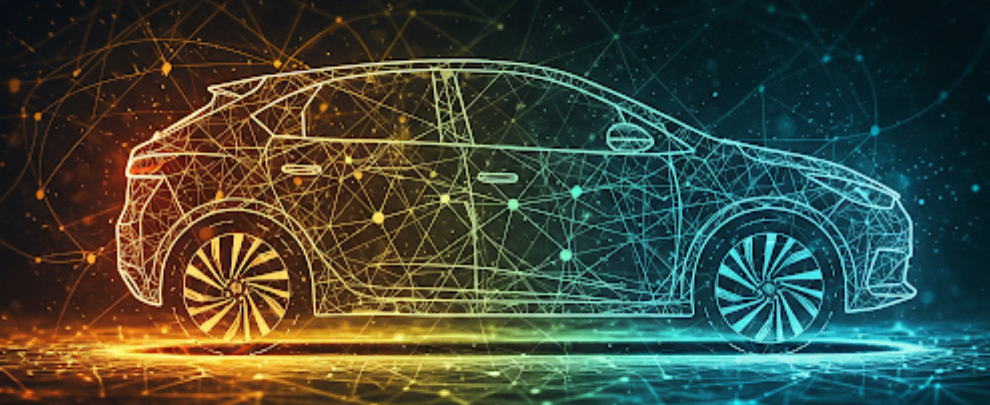
Ultimately, the “best” BEV for you will be based on a combination of factors, not just battery size, charging speed, and efficiency, but also which type of Body Style, Size, Luxury or Basic and most of all your budget.
When choosing between the BEV models on your shortlist, especially if you fall into Usage Type 3 Frequent long-distance travel, create a simple Excel sheet with the distance minus the range of the BEV (see SmartGrandad models), and workout how many times you will stop and how long it will take to charge.
We started our BEV journey 5 years ago, when range anxiety was real and there were few chargers to choose from. Today, the situation in most countries is much, much better.
If you take into account the information in this and the other SmartGrandad Guides you can be sure to choose a BEV as easily as you could an ICE vehicle. Plus, you will clear in your own mind that you have made the best choice for you and our air quality.
So go ahead, choose a BEV and join the 90%+ of BEV owners who would never go back to fossil fuel vehicles.
SmartGrandads Next Easy BEV Guide
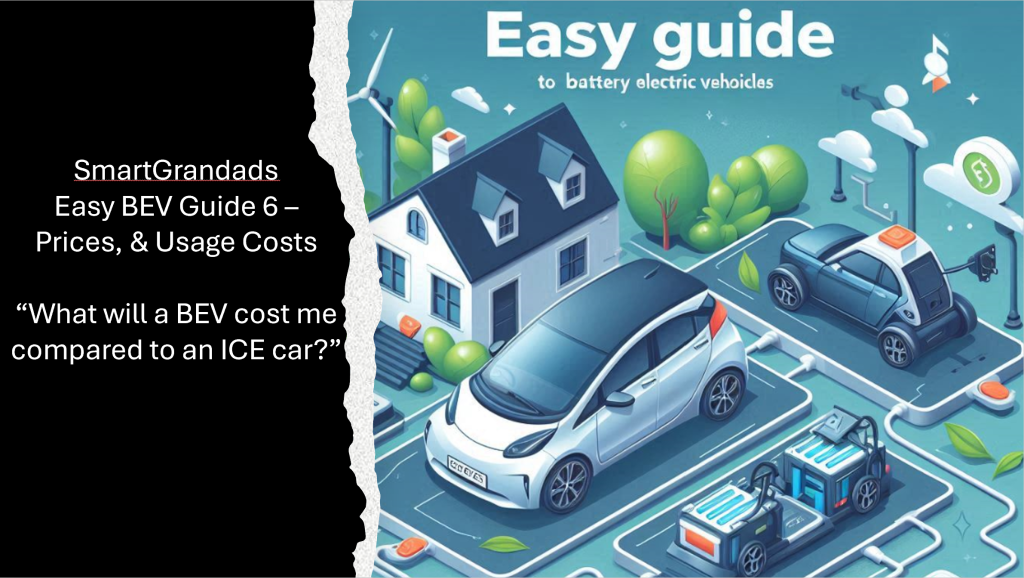
In SmartGrandads “EASY BEV” Guide 6,
to be posted soon, I will cover some practical advice and what to take into consideration regarding BEV “Prices & Usage Costs”.
Please let us know what you would like to see in future SG BEV Easy Guides.
So, keep your eyes open for when the next SmartGrandad “Easy BEV” Guide is posted.

